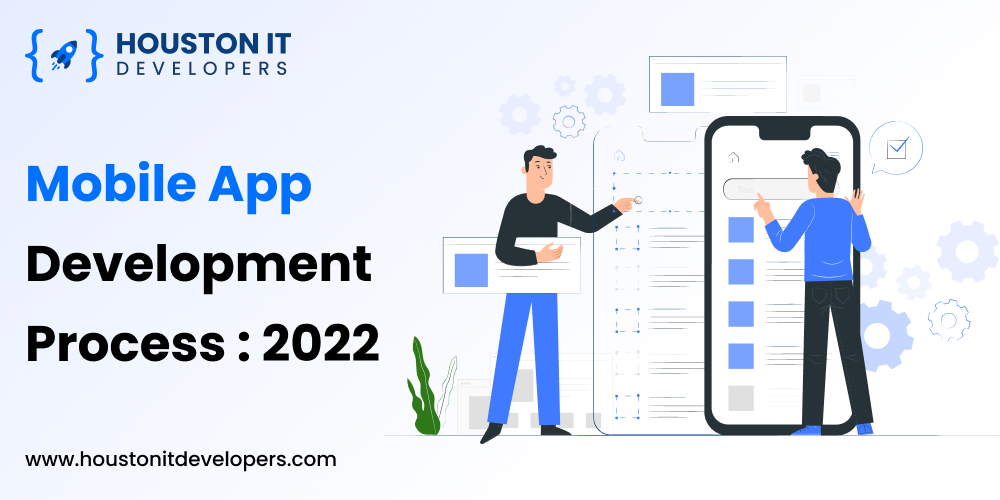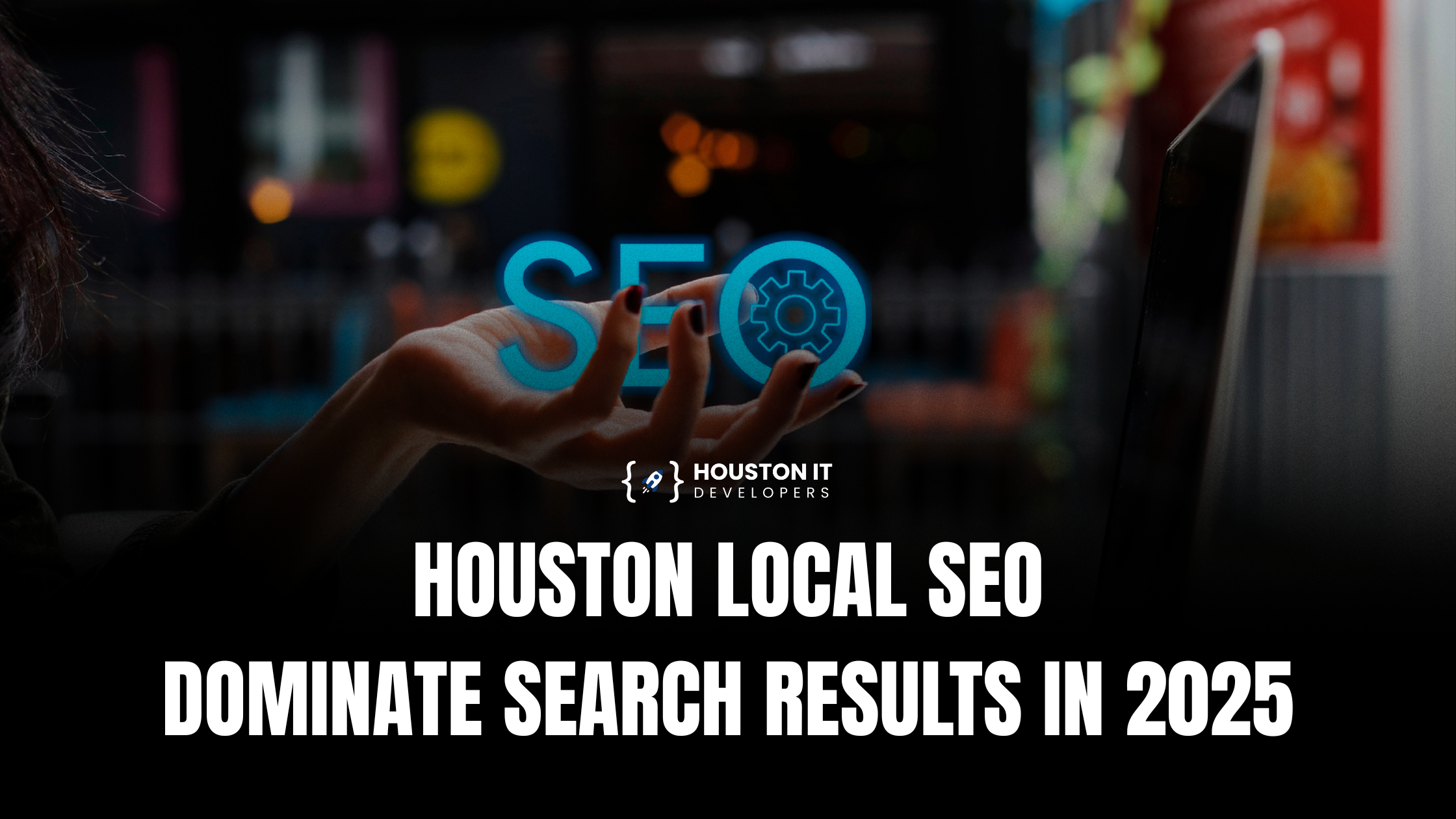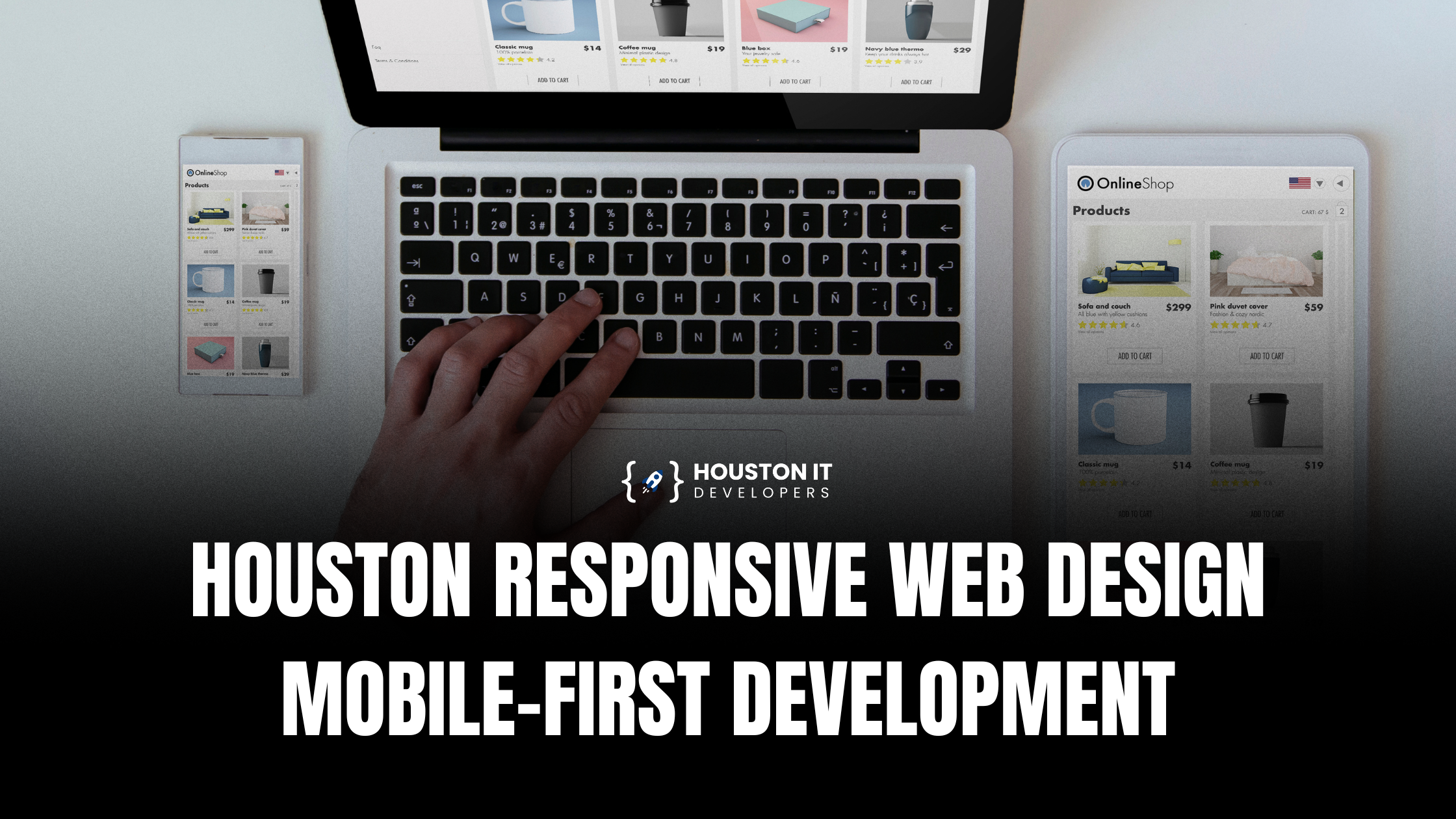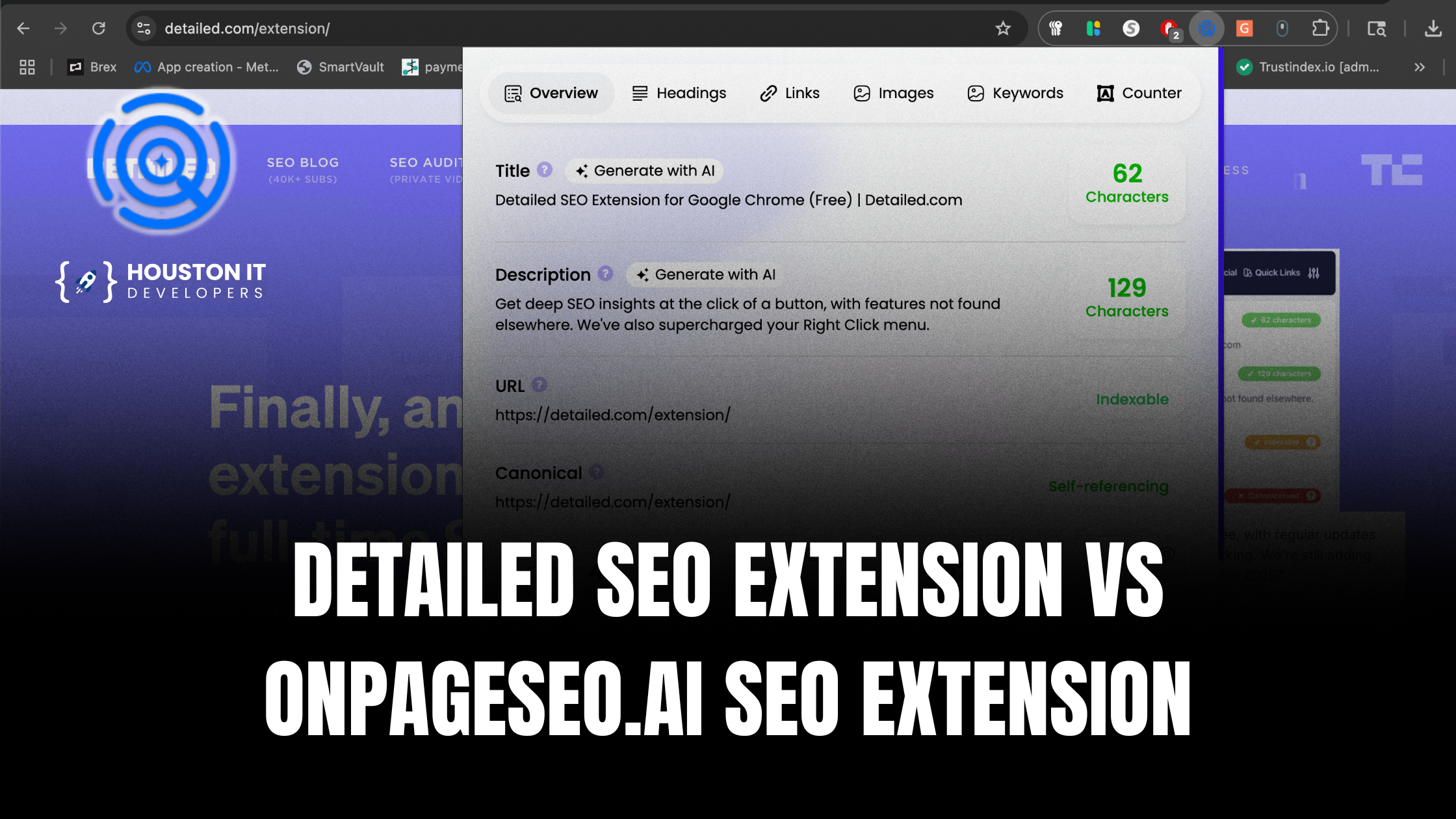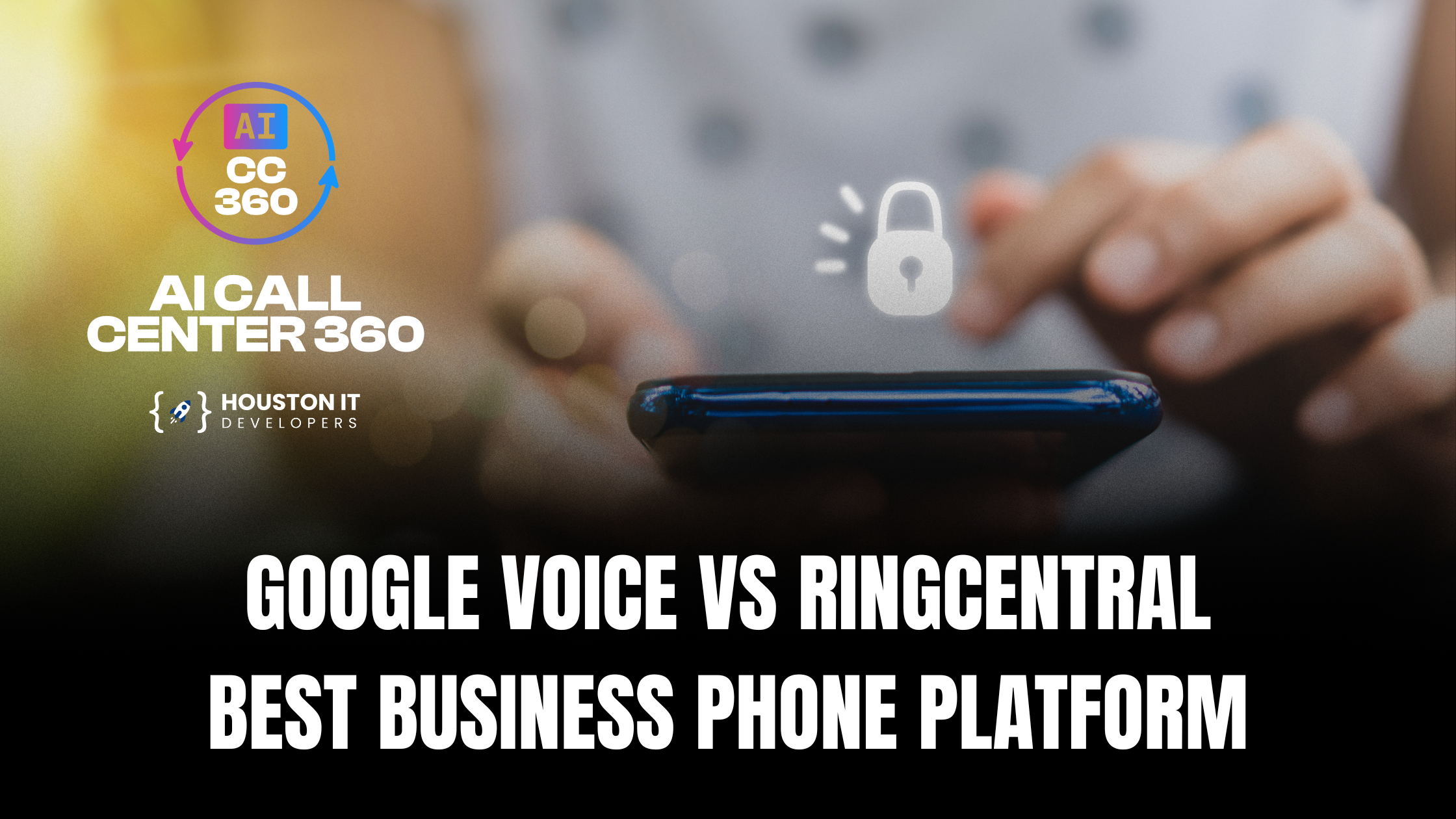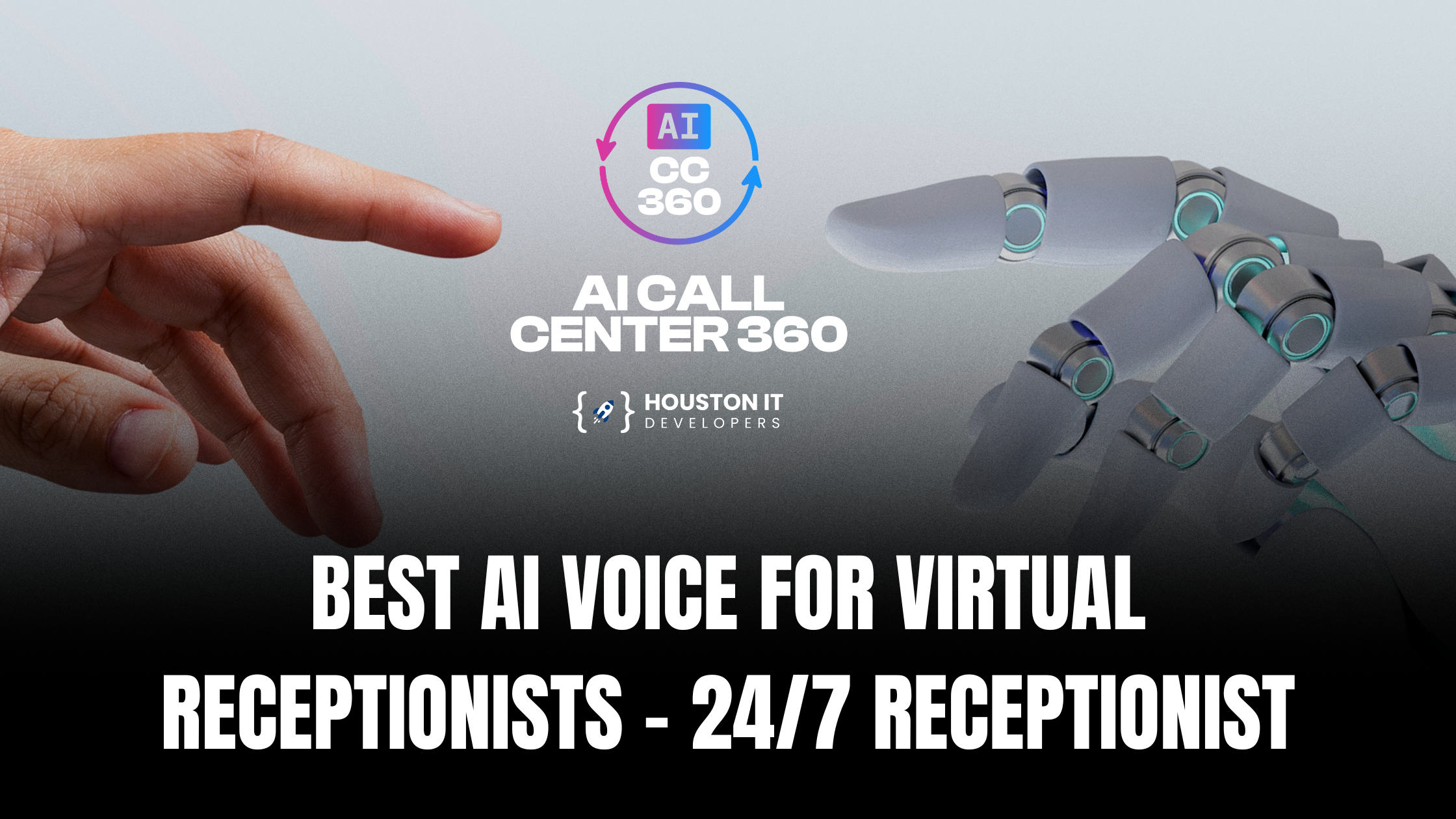Mobile apps have been available for more than a decade, and the mobile app development process has evolved significantly following the demand. We’ll look at how the mobile app development process will evolve in 2022.
In 2017, the number of mobile device users on the internet surpassed the number of desktop users globally. Even today, mobile devices such as smartphones and tablets account for roughly half of all Internet usage in the United States.
The population who utilize mobile devices has grown too large to be ignored. Businesses that want to stay relevant should consider developing an application for their products or services.
Unfortunately, most companies lack the in-house expertise needed to develop mobile apps. To make their concept of a great mobile app a reality, such enterprises must collaborate with mobile app developers.
Even if you work with professionals, you should know the mobile app development process: Now, without further ado, let’s get started:
Planning
It is the phase where the app’s goals are investigated and discussed. While it may appear to be a simple task, it is crucial. In many situations, the ‘concept’ behind the software seems revolutionary until it goes through a rigorous brainstorming process.
During the initial stage, the feasibility of the app idea is confirmed in 2022. Questions like: whether the app idea is unique and the goal is apparent, are answered.
It is the stage at which businesses must analyze what problem their app solves and how it differs from other apps. It’s also good to consider the characteristics that characterize the app’s target audience, as well as the reason why users should keep using it.
Many of the questions that may arise at this point can be answered by conducting extensive market research. After the initial stage, the app’s feature requirements begin to emerge.
With the basic knowledge, one can go to the second step of the development process.
Roadmap
It’s time to make a feature list once you’ve determined the application’s goal and intended target audience. It’s also an opportunity to consider other aspects of the app’s experience, such as the navigation map and desirable design components.
Similarly, consider the platforms on which the application will be released. Choosing the right platform for the application should not be difficult if the target audience has been properly defined in the previous step.
This process also includes identifying the requirements for the application’s actual development. To create an app, contact the fittest professional mobile app developers.
Design
Design is the point at which the application begins to take shape. The outline of the application’s UI (user interface) and UX (user experience) are done in this step. The quality of the user experience is nearly always a deciding element in determining the success of any mobile application. Therefore it is one of the most critical aspects of the mobile app development process.
The goal should be to create an application that is interactive, intuitive, and user-friendly. The design phase can be further divided into five parts to ensure this:
Workflow
It is where the structure of the information in the application is determined. Meaning: what data will be displayed to the user on different screens of the program is decided. Designing the information architecture and workflows includes determining what information will be collected from a user to perform specific actions, such as shopping.
If the app is meant to serve a variety of users with various responsibilities and rights, alternative information structures and processes should be created to cater to distinct ‘classes’ of users.
Wireframe
Designers of user experiences and interfaces frequently begin their work by sketching out their ideas on paper. Wireframing is the technique of digitizing this paper-based design and is an essential part of the app development process. A wireframe is merely the application’s first visual framework.
Wireframes shouldn’t take long to create because the main goal is to provide an appealing and enjoyable user experience. At this point, color palettes and styles aren’t being explored. To put it another way, a wireframe is a low-fidelity representation of the final product.
Style guide
The style guide establishes specific guidelines for the application’s use of various graphic elements. It may include, but is not limited to, defining the colors, fonts, and illustrative elements that will be used in the user interface of the application. The style guide also specifies the appearance of the application’s menus, conversation boxes, alerts, and other similar features.
The major goal of the user interface style guide is to guarantee that the application’s design is consistent.
Mockup Creation
It is possible to create a high-fidelity version of the previously created wireframe.
Developers and designers can use a mockup to bring all of the elements that were produced, designed, and identified in the previous stage together. A mockup is a visual representation of how the final program will look after development.
Prototype creation
The mockup’s prototype is a working model. It allows the development team to see what the users will see once they have downloaded the final product. The prototype aids developers in identifying design flaws before the start of the mobile app development process.
While prototyping may appear to be an unnecessary step, it aids development teams in avoiding key errors that would require a significant amount of time and money to correct once the coding and development process begins.
Development
Development is where the tech stack comes to life, where the application’s code is written. However, before proceeding with this phase, it is necessary to define the following:
- The technological infrastructure
- The technological framework
- Milestones in development
After the above-mentioned details have been defined, the development process can begin. This procedure usually consists of three steps:
Back-end
The goal of this stage of the development process is to create an interface that is integrated with the application’s backend database. The user data is stored on the backend.
Programming interface
The application programming interface, or API, defines the communication standards between the front-end protocols and the back-end of the application.
Front-end development
The front-end is the collection of everything that appears on the user’s screen while using the program. As a result, ensuring that the application’s front-end and back-end work in a team to provide users with a positive app experience.
Testing
Once the development process is complete, it’s time to see if the application is functioning as intended. In most cases, quality assurance testing strives to guarantee that the mobile app provides a consistent, stable, and secure user experience. While there are nearly unlimited testing scenarios to choose from, they can be categorized into five broad groups:
UX testing
It is where the application’s user experience is put to the test. In most cases, users are first shown a competitor’s application, followed by the client’s application. The goal is to identify elements of the user experience that are either missing or can be improved.
More rounds of testing may be undertaken once the improvements have been made to ensure a fully intuitive user experience.
Functional testing
Users are not involved in the functional testing process. The functionality of a mobile application is instead tested at the level of internal system logic. Functional testing is more stringent, more accurate, and faster than ever before, thanks to the use of AI technology
Performance testing
Performance testing ensures that the mobile app remains stable even when it is subjected to a predetermined amount of demand. After putting the application through its paces, metrics like responsiveness and speed in executing functions are measured. Load testing, spike testing, stress testing, and capacity testing are all common tests.
Security testing
Even if an application does not deal with payment information, it is crucial to ensure that it is safe. The privacy of today’s users is extremely important to them. As a result, offering strict security is one of the most vital needs for any mobile app to flourish and attract more downloads.
The app’s level of security can also be shown in the description section of Google Play/Apple’s App Store.
Platform & OS testing
Mobile applications, unlike desktop and laptop monitors, have specific requirements. It is because mobile devices come in a wide range of sizes and dimensions. Similarly, new versions of popular operating systems are released frequently for mobile devices.
Because Android is an open-source operating system, different manufacturers have adapted it to fit their devices. To put it another way, mobile apps should be able to adapt to multiple screen sizes as well as regular OS changes. Platform testing ensures that everyone with a mobile device may utilize it without difficulty.
Deployment
The last step is to upload the completed application to the app store(s). While the standards for the Google Playstore are very flexible, Apple requires all applications to go through a thorough screening process. While most Android app are accessible on the Play Store within hours of submission, the Apple review process might take several days.
This stage is usually simple to complete if the app is developed by skilled mobile app developers.
Conclusion
The development of an app does not cease with its deployment. One of the developers’ or owners’ continuous tasks to ensure that the application runs smoothly. Furthermore, most applications receive immediate feedback after launch, providing necessary insights into real-time client expectations.
The mobile app development process seems simple but needs a professional team behind it to actually make it simpler. To let your brand work with such a professional team! Visit our website & contact us to get the best app development advice for your business.
